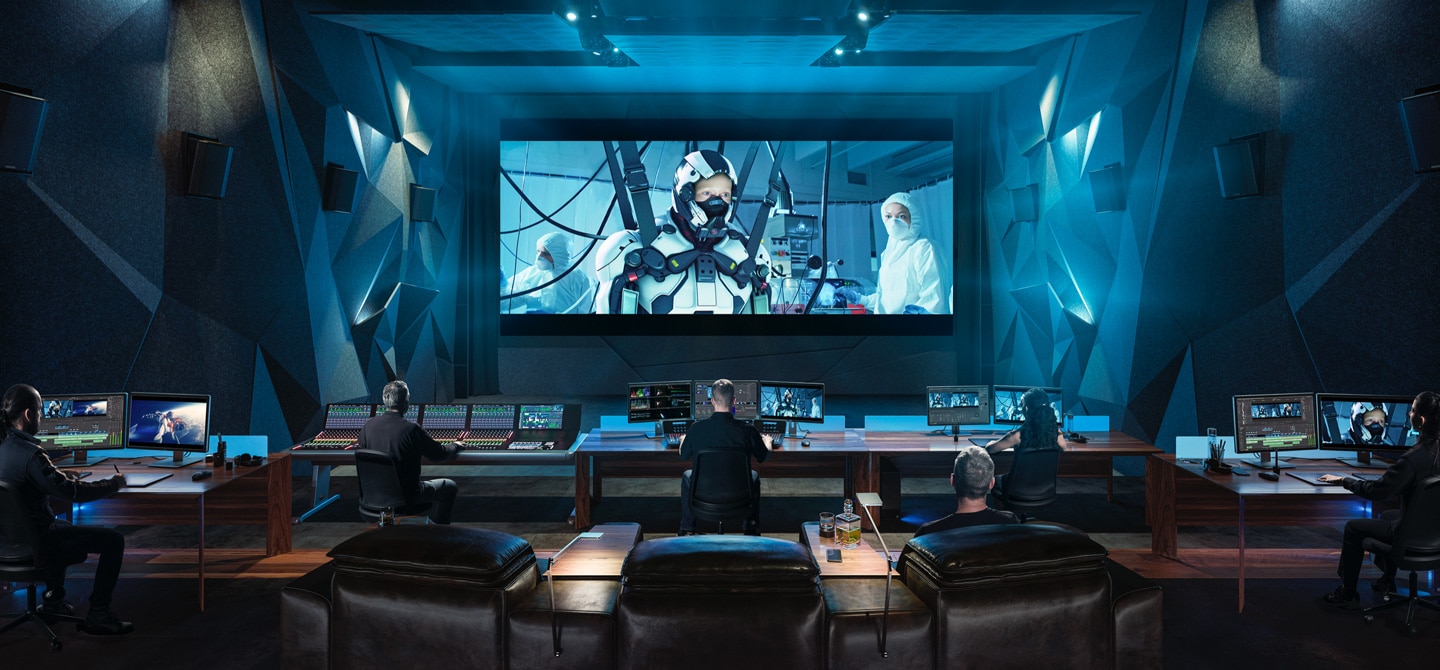This blog post was originally published at NVIDIA’s website. It is reprinted here with the permission of NVIDIA.
Latest update adds two AI-assisted tools that perform best on NVIDIA GPUs.
AI tools accelerated by NVIDIA RTX have made it easier than ever to edit and work with video.
Case in point: Blackmagic Design’s DaVinci Resolve 19 recently added AI features that make video editing workflows more streamlined. These new features — along with all its other AI-powered effects — get a big boost from optimization for NVIDIA RTX PCs and workstations.
Editors use Blackmagic Design’s DaVinci Resolve — one of the leading nonlinear video editing platforms — to bring their creative vision to life, incorporating visual effects (VFX), color correction, motion graphics and more to their high-resolution footage and audio clips.
 DaVinci Resolve’s new AI tools accelerated by RTX unlock endless possibilities.
DaVinci Resolve’s new AI tools accelerated by RTX unlock endless possibilities.
Resolve includes a large variety of built-in tools. Some are corrective in nature, letting editors match colors from two sets of footage, reframe footage after the fact or remove objects that weren’t meant to be in a shot. Others give editors the power to manipulate footage and audio in new ways, including smooth slow-motion effects and footage upscaling.
In the past, many of these tools required significant time and effort from users to implement. Resolve now uses AI acceleration to speed up many of these workflows, leaving more time for users to focus on creativity rather than batch processing.
Even better, the entire app is optimized for NVIDIA TensorRT deep learning inference software to get the best performance from GPU-reliant effects and other features, boosting performance by 2x.
New in Resolve 19
The newest release, DaVinci Resolve 19, adds two new AI features that make video editing more efficient: the IntelliTrack AI point tracker for object tracking, stabilization and audio panning, and UltraNR, which uses AI for spatial noise reduction.
IntelliTrack AI makes it easy to stabilize footage during the editing process. It can also be used in Resolve’s Fairlight tool to track on-screen subjects, and automatically generate audio panning within a scene by tracking people or objects as they move across 2D and 3D spaces. With AI audio panning to video, editors can quickly pan, or move audio across the stereo field, multiple actors in a scene, controlling their voice positions in the mix environment. All of this can be done by hand, but IntelliTrack’s AI acceleration speeds up the entire process.
UltraNR is an AI-accelerated denoise mode in Resolve’s spatial noise reduction palette. Editors can use it to dramatically reduce digital noise — undesired fluctuations of color or luminance that obscure detail — from a frame while maintaining image clarity. They can also combine the tool with temporal noise reduction for even more effective denoising in images with motion, where fluctuations can be more noticeable.
Both IntelliTrack and UltraNR get a big boost when running on NVIDIA RTX PCs and workstations. TensorRT lets them run up to 3x faster on a GeForce GTX 4090 laptop vs. the Macbook Pro M3 Max.
In fact, all DaVinci Resolve AI effects are accelerated on RTX GPUs by NVIDIA TensorRT. The new Resolve update also includes GPU acceleration for Beauty, Edge Detect and Watercolor effects, doubling their performance on NVIDIA GPUs.
Find out more about DaVinci Resolve 19, and try it yourself for free, at Blackmagic Design.
Learn how AI is supercharging creativity, and how to get the most from your own creative process, with NVIDIA Studio.
Generative AI is transforming gaming, videoconferencing and interactive experiences of all kinds. Make sense of what’s new and what’s next by subscribing to the AI Decoded newsletter.
Jesse Clayton
Product Manager, Mobile Embedded, NVIDIA


